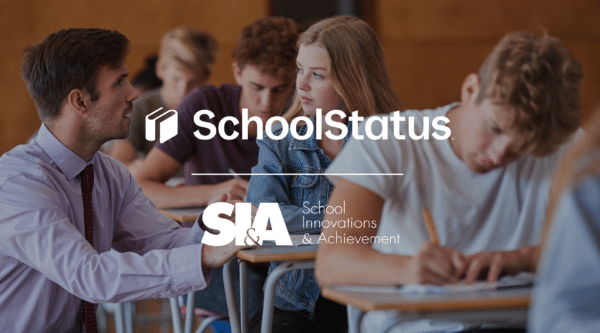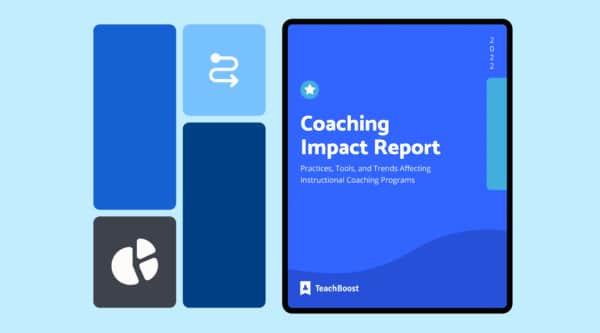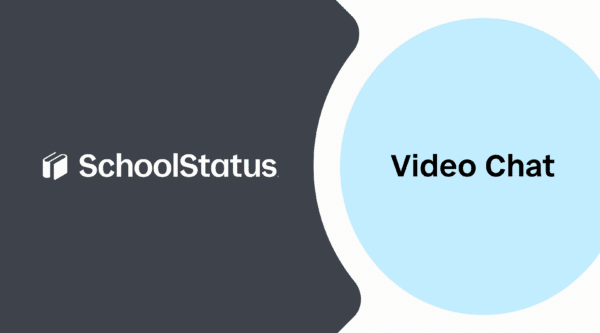


Great mid-year reviews lead to strong end of the year finishes and growth, even helping to identify master teachers and future leaders. Here are a few pointers to focus on for your next successful mid-year review.
Analyze evidence about each educator

Every TeachBoost user has a profile page that shows the total forms about them, any active goals (either by administrators or themselves), and actionable next steps they are working towards. Starting with the user’s profile allows for a high level view into what’s going on.
The Competency Insights help you dig deeper into this information, providing an in-depth view of qualitative evidence captured so far this year. Here’s a snapshot of a profile page:

At the top, the competency profile page shows the average rating for that staff member (here, our demo user, Kathleen Gallagher) along with the total number of ratings affecting that average, the list of people and forms that provided those ratings, and the specific evidence collected during each observation.
Reports to track trends
For an instantaneous insight into quantitative data, you cannot beat the Heatmap! Amy DeLorm, Instructional coach at K12 Inc., exclaims, “The heatmap report is amazing. You tailor it to the data you want to see and voila, there it is! You can even download the data for further analysis.”

Above you can see an example of our Heatmap matrix report. Here, admins can see their staff members and how they are performing in each component of their framework. It makes it very easy to spot areas of strength and opportunities for growth at both the teacher- and school-level.
Focus on high-performance instructional conversations
Once you’ve looked at the data, the next step for any productive mid-year review is to sit down and have a high-performance instructional conversation with your staff.
Instructional conversations can be a sensitive matter between admins and teachers, but when done collaboratively and often, they can be a powerful tool for staff development.
Our guest blogger, Justin Baeder, has some great insights on the importance of these conversations with your staff: “If we want to change practice, then, the real focal point of our change efforts should be teachers’ thinking and beliefs.”
Ultimately, teachers decide for themselves how to approach their work each day. While we may strive for alignment with a common instructional vision and provide opportunities for collaboration, professional autonomy is both essential and unavoidable. Read more tips for having high-performance instructional conversations.
What comes next?
In our next blog post, we’ll continue the focus on mid-year reviews, taking a look at:
- Setting goals tailored to an individual’s needs and growth.
- Communicating next steps and clear action plans aligned to teacher goals.
If you have your own best practices or would like to share how you prep for mid-year reviews, please share—we’d love to hear from you!
Stay Connected
News, articles, and tips for meeting your district's goals - delivered to your inbox.








